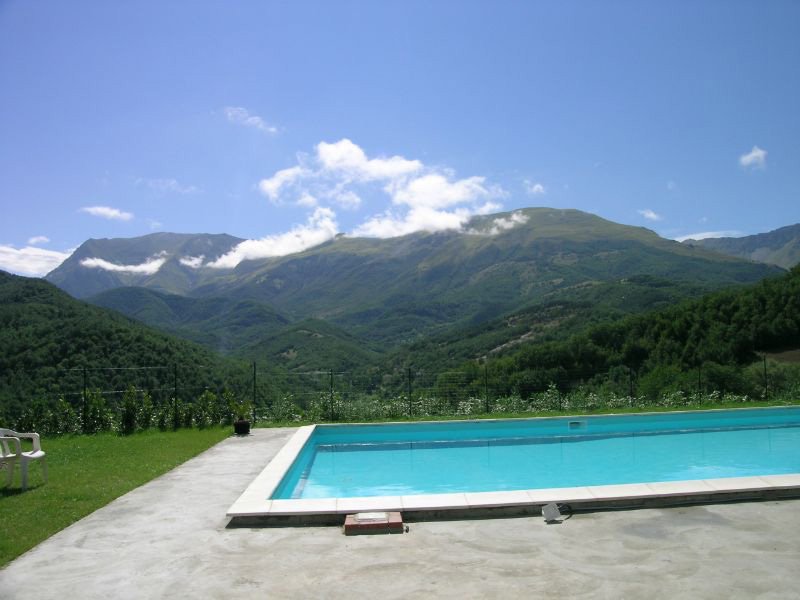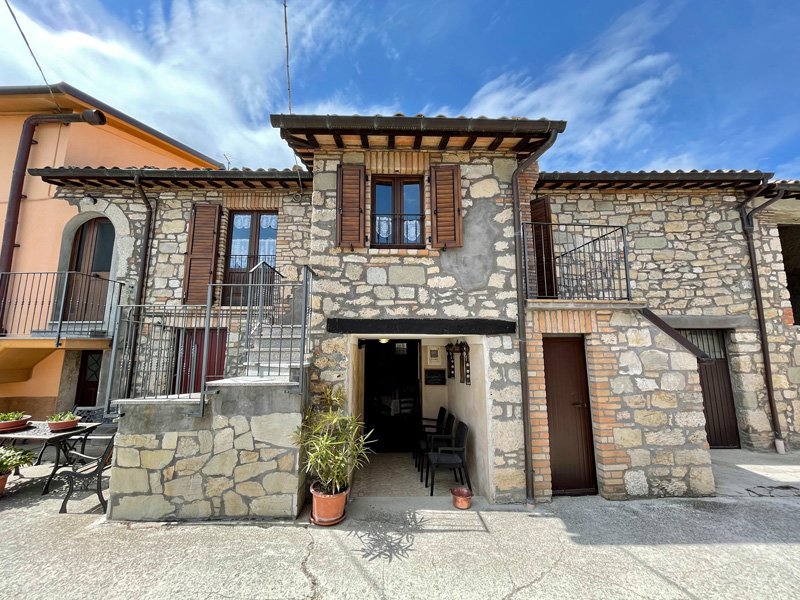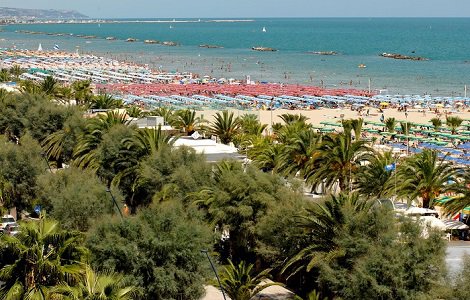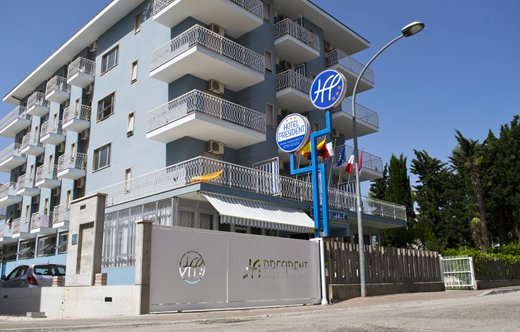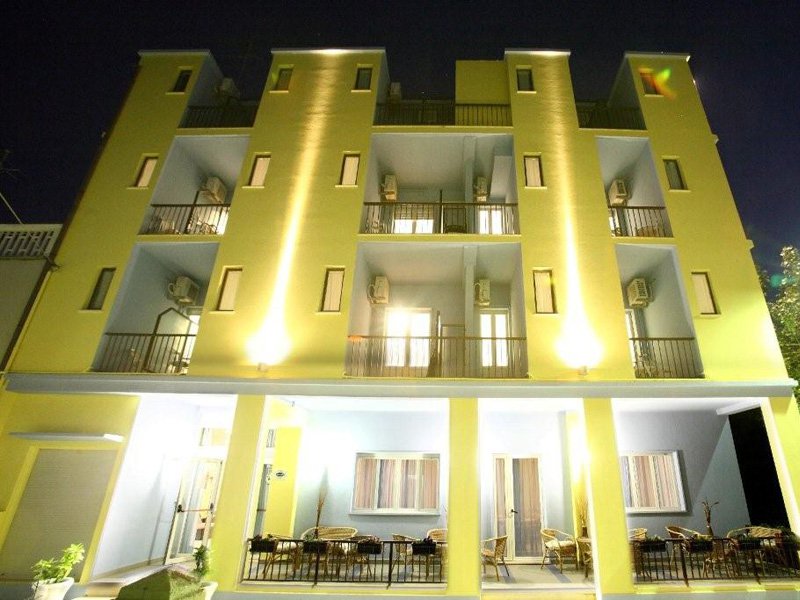Find out Montemonaco
Notice:
the info below was written before the earthquake of 08.26.2016.
Info
Montemonaco is the highest town in the province and its territory is included within the Sibillini Mountains Park. Most likely, its name derives from its first colonizers and inhabitants who were Benedictine monks, who had found refuge and solitude in these places for their religious life surrounded by beautiful peaks and lush valleys. This stupendous natural landscape and the belonging to the park have made tourism the main resource of Montemonaco which also boasts a rich and typical gastronomic tradition. Its position, inside the park, is the most favorable one for excursions in the mountains since in its territory there are the most suggestive peaks of the Sibillini Mountains, as well as the only lake of glacial origin in the Apennines, Lake Pilato. , where a tiny crustacean lives, the "Chirocefalo del Marchesoni", of prehistoric derivation found only in its waters. In winter it is possible to practice cross-country skiing and ski mountaineering and there are also hiking trails for lovers of mountain biking without forgetting trekking, mountaineering and paragliding.
Story
The castle of Montemonaco was built in the thirteenth century. approximately, perhaps where a settlement of Benedictine monks was previously located. To these we also owe the reclamation of the surrounding area and the origin of the name. There is no certain evidence, but it is assumed that the area was already inhabited in Roman times. At the end of the thirteenth century. it became a free municipality and strengthened its fortifications. Strong contrasts with some cities (Arquata, Montefortino, Comunanza and Norcia) marked the history of Montemonaco but which, thanks to its correct position, was never conquered, always maintaining its autonomy under papal protection (to which it paid taxes). It maintained its independence by defending itself from the aggressions of the neighboring lordships, resisting the armies of Francesco Sforza first and then of Nicolò Piccinino. Montemonaco was among the properties (cities, lands and castles) that were part of the Farfa Abbey since the 10th century. It subsequently passed under the Diocese of Fermo, until Sixtus V united it with the Diocese of Montalto (his hometown). In 1860 M. unanimously voted for the annexation to the Kingdom of Vittorio Emanuele II.
What see
Church of San Benedetto
The church, whose construction date is unknown, was renovated in 1546 by Guglielmo Lombardo (this date is engraved on the portal) and incorporated the nearby church of S. Biagio. Internally it is all plastered and vaulted with cross vaults, which rest on huge columns made of tuff blocks. In a niche to the left of the altar, inside a silver reliquary, are the remains of the arm of San Benedetto da Norcia, patron saint of the city, previously preserved in the church of San Giovanni Battista and moved here in the second half of the XVI century. There is also a fresco from the Crivelli school (16th century) depicting Christ Crucified between the Virgin and St. Lucia, a 15th century terracotta Pietà from the Marche region, a wooden crucifix from the 1400s and fine carved wooden confessionals. and some paintings probably by Carlo Farina, a painter of Turin origin: The flagellation, The crowned, The deposition, The transfiguration and Pope Sixtus V.
Church of San Giovanni
Once dedicated to St. Augustine, it was founded by his "Eremitani" (XV) who settled here since 1373. Inside the church there is a painting representing the Immaculate Conception, commissioned by Count Camillo Garulli. Of the original structure, only the roof (gabled supported by wooden beams) and the apse in Gothic style remain.
Church of San Lorenzo - Fraz. Vallegrascia
The construction it dates back to about the second half of the 12th century, and has a single nave divided into four bays. Inside there are two large sandstone slabs carved with the bas-relief technique by the sculptors Atto and Guidonio. The crypt, located at a lower level from the level of the church, has the same dimensions as the primitive church.
Church of S. Maria in Casalicchio - Fraz. Tofe
The built church in the fourteenth century. in mainly Gothic style it has undergone, has undergone many renovations over the centuries. Originally it had a single nave, but the second was added in the mid-fifteenth century. The bell tower with a square base located outside the church dates from the same period. The interior of the church is rich in frescoes that cover the walls including the scene of the Crucifixion with the Angels with the crosses of the robbers and soldiers with medieval armor on either side, the scene of the "Dormitio Vìrginis". On the vaults the Evangelists are depicted in the act of writing and the Doctors of the Church are depicted in the roundels of the base. There are also wall paintings, most likely dating back to 1600, to decorate the altar of St. Sebastian and the Madonna. Every year on January 20, on the occasion of the feast of St. Sebastian, the population and the authorities of the city descend in procession to this small sanctuary to pay homage to the Madonna. In 1993 Monsignor Chiaretti, Bishop of Montalto, elevated this church to the rank of Marian Sanctuary.
Church of San Giorgio all'Isola - Fraz. S. Giorgio all'Isola
Dating back to the 10th - 11th century, the church, initially with one nave, is in Romanesque style and was restored in the mid-16th century, when the second nave dates back. Inside we find various frescoes of the Marche school of the sixteenth century. depicting S. Giorgio and the dragon, S. Sebastiano, S. Caterina, S. Pietro, S. Rocco, S. Paolo and the paintings of the Christ Pantocratum between the Madonna and S. Giovanni. There are also two altars, works of 19th century Marche craftsmanship dedicated to the Immaculate Conception and the Holy Crucifix. Outside the church there is a bell tower, with a square base, which in the past was probably used for defensive purposes.
Palazzo Comunale
Built between 1546 and 1549, it rises in the center of the village together with the civic tower (13th century). Of the Castle, on the other hand, only a few remains of the walls and some towers with a square plan remain, all built in local tuff.

